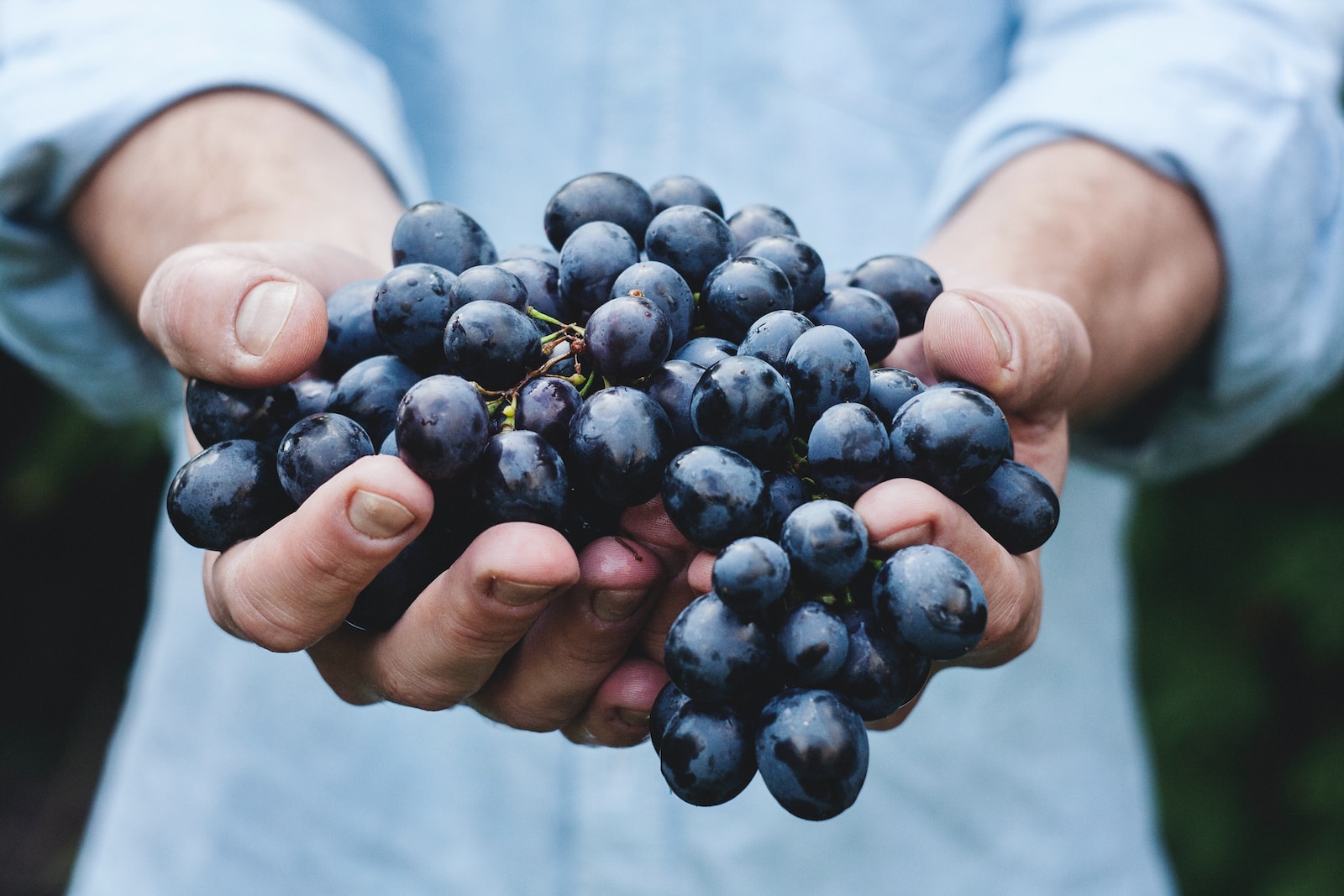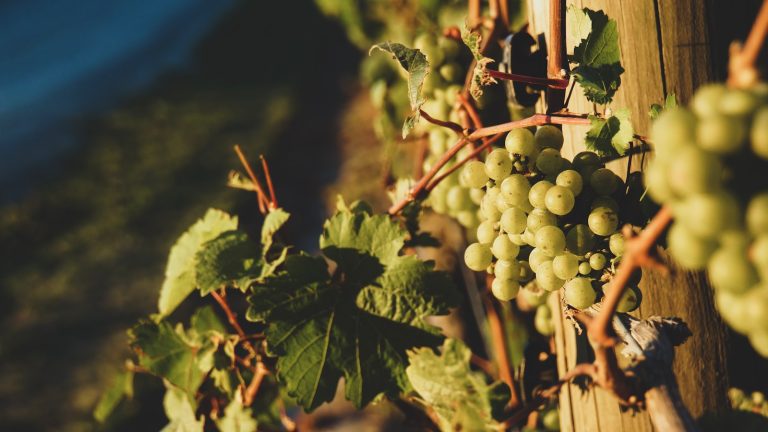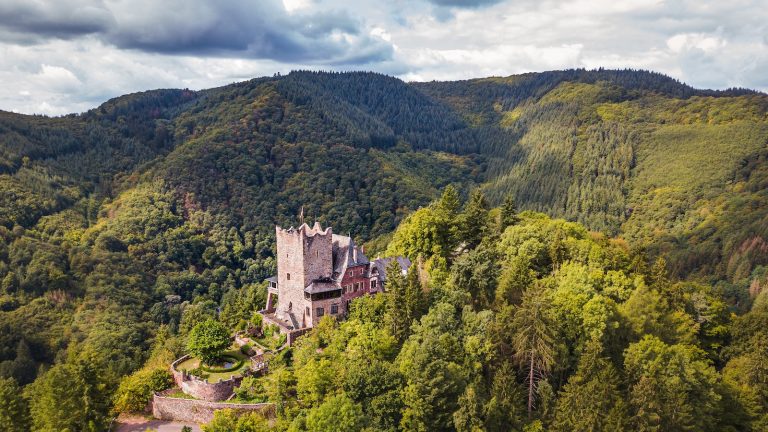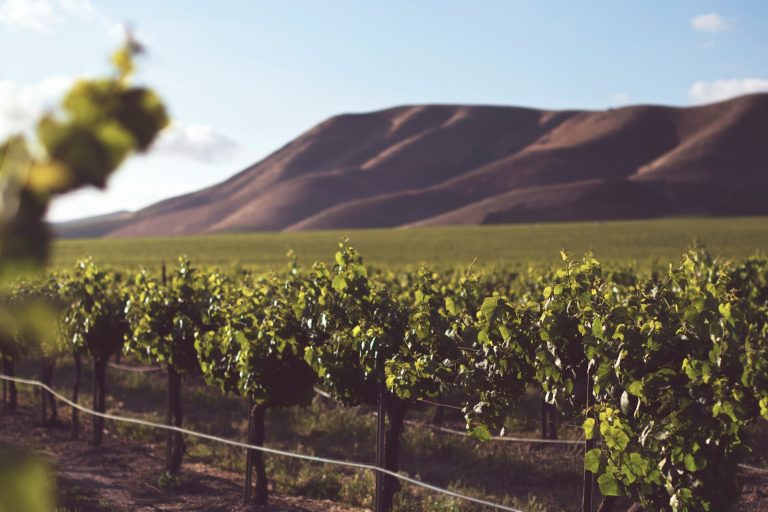Top 10 Wine Regions Around the World for Wine Lovers
The rolling hills of Tuscany igniting in fall foliage. Neat rows of vines winding through South Africa’s rugged coastline. Mist rising from the rushing Mosel River at sunrise. For wine lovers, like me, few joys compare to traveling scenic wine regions, where postcard-worthy views mingle with culture, cuisine and of course, the taste of terroir in each sip.
Here’s an introduction to the concept of terroir.
What is terroir?
Terroir (pronounced “tehr-WAHR”) is a French term that doesn’t have a direct English translation. But think of it as the “sense of place” of a wine. It encompasses the unique combination of factors including soil, climate, and topography, as well as the human touch, that gives wine from a particular region its distinct character.
- Soil: The composition of the soil can vary dramatically within just a few feet. Different minerals and organic materials in the soil can influence the taste and aroma of the grapes. For instance, a vineyard planted in limestone-rich soil might produce wines with a certain minerality or chalkiness.
- Climate: The climate of a region – whether it’s hot or cool, dry or humid – plays a critical role. Grapes from a cooler climate might be more acidic, while those from a warmer climate might be sweeter and riper.
- Topography: The shape and elevation of the land, whether it’s a sun-soaked hillside or a cool, shaded valley, can affect how grapes ripen. For example, vineyards at higher altitudes can have more intense sunlight but cooler temperatures, leading to a unique ripening process.
- Human Touch: While nature does much of the work, the decisions made by the vineyard manager and winemaker – from when to harvest to how to prune the vines – are part of terroir too. This is where tradition, innovation, and personal style come into play.
When you sip a wine, you’re not just tasting fermented grape juice. You’re experiencing the essence of its origin – the sun, the rain, the soil, and the passion of the people who made it. That’s the beauty of terroir. Each bottle tells a story of a place and time, and no two stories are exactly alike.
As a proud wine aficionado and an avid Hallmark movie watcher, I love the experience of visiting storied wine regions across the globe. Wandering historic vineyards soaking up vistas, tasting wines at their source, and connecting with the characters who craft each bottle makes for an indescribably rich experience. There are of course renowned regions that sit atop every wine lover’s wish list, but also rising regions that intrigue and surprise.
In this guide, I’m highlighting my picks for the top 10 wine regions in the world that should be on every wine enthusiast’s travel bucket list. From the great classics to some emerging gems, these destinations showcase the diversity and magic that unfold when landscape, climate, history and tradition converge to create something unique in each glass. So grab a sip of your favorite wine, (I’m drinking a very dry prosecco), and join me on this vicarious journey through vineyard paradises near and far that offer plenty of inspiration to start planning every wine lover’s dream trip. The grapes await!
10: Willamette Valley, Oregon
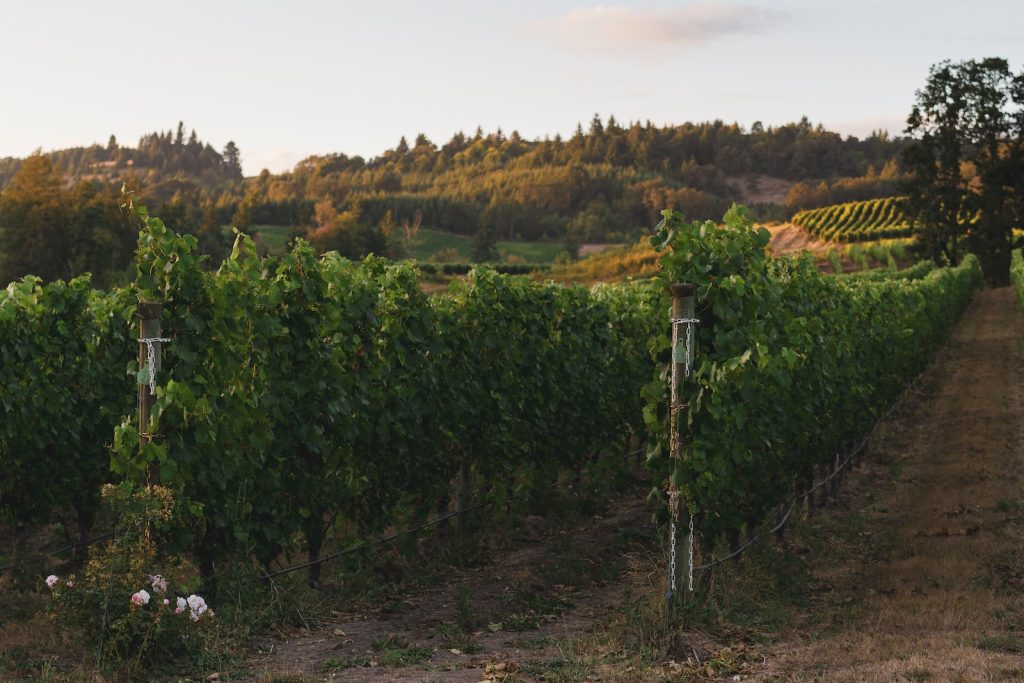
Nestled between the rugged Cascade Range and Coast Range in northwest Oregon lies the rapidly rising Willamette Valley wine region. Though a relative newcomer compared to storied Old World regions, Willamette has swiftly gained acclaim for its exceptionally poised and expressive Pinot Noirs.
The Willamette Valley’s cool, maritime climate perfectly suits finicky Pinot Noir, with long summer days bathing the vines before cooler nights preserve acidity. The variety thrives in Willamette’s volcanic soils, yielding wines of energy, grace and vivid but restrained red fruit flavors.
Leading sub-zones like the Dundee Hills and Ribbon Ridge AVAs spotlight Pinot’s range, while pioneers like Domaine Drouhin and smaller boutique houses have put Willamette on the map. Their wines highlight intriguing earthy and savory notes undergirding the plush cherry and wild strawberry profile.
For Pinot devotees or those new to Oregon wines, Willamette Valley offers an access point to elegant, terroir-driven styles from a storied yet boundary-pushing New World region.
9: Central Otago, New Zealand
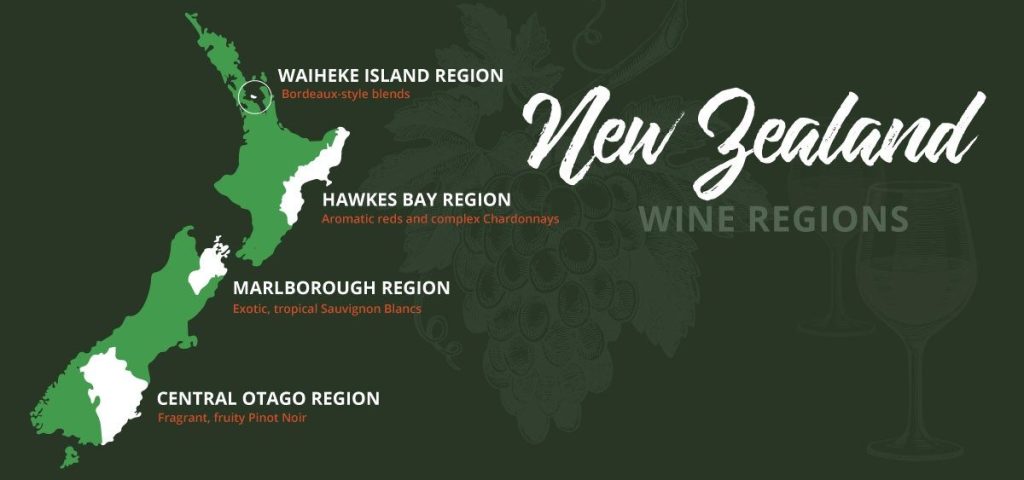
As the world’s southernmost wine growing region, Central Otago on New Zealand’s South Island provides a dazzling setting for produce vibrant, energetic wines perfectly suited to the dramatic landscape.
With rocky mountains, glacial carved valleys and the stunning Lake Wanaka forming the backdrop, Central Otago’s vineyards climb from 1,000 feet up to 2,000 feet in elevation. The steep slopes and marked diurnal shifts in the continental climate yield intense, complex Pinot Noirs alongside racy, mineral-laced Rieslings and other aromatic white varietals.
The demanding terrain limits yields, and the majority of Central Otago wineries remain small, family-run boutique operations. Their winemaking focuses on capturing purity of fruit, fresh acidity and a sense of place in the glass.
For wine lovers seeking both natural beauty and vinous intrigue, Central Otago beckons with its array of sights and inspiringly bright, structurally precise cool-climate wines perched on the edge of the world.
8: Mendoza, Argentina
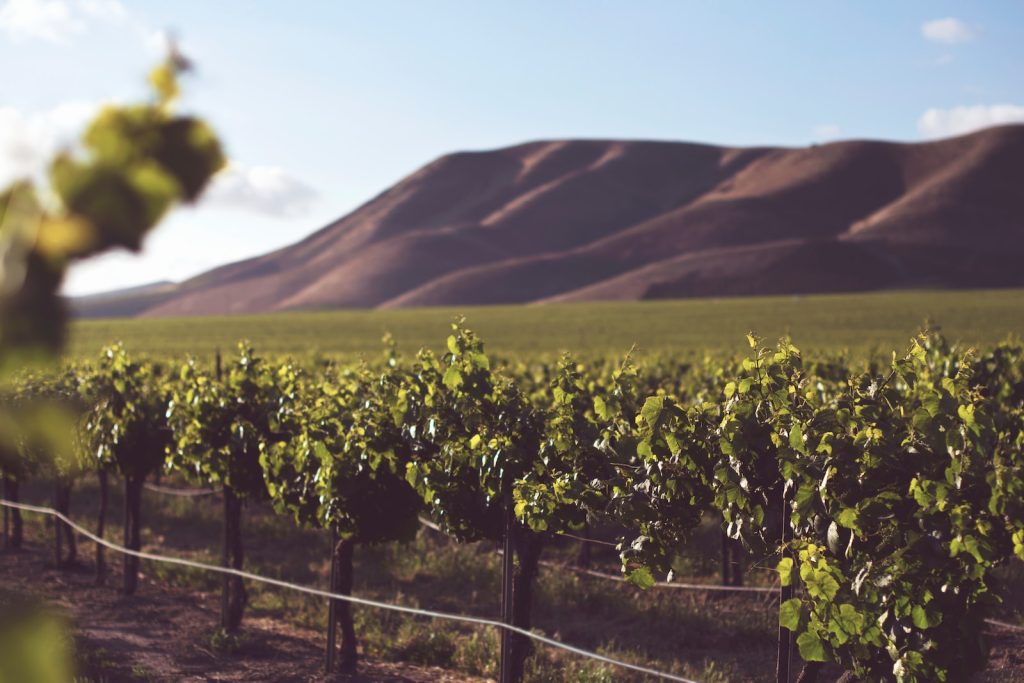
The high-altitude vineyards of Mendoza rise from the arid desert at the foot of the Andes Mountains. Here, 300+ days of sun, low rainfall, and significant day and night temperature shifts create ideal growing conditions for full-throttle reds.
Argentina’s flagship Malbec grape reaches its apex in Mendoza, producing bold, juicy wines with plush dark fruit. But the region also shows brilliance with other big reds like Cabernet Sauvignon, Cabernet Franc and the local Bonarda variety.
A mix of old and new world styles makes Mendoza intriguing, as traditional large wineries are adapting new technologies alongside small-batch artisanal operations. Overall the focus remains oncapturing concentration and ripe flavors.
While gaining increasing acclaim for high-end wines, Mendoza remains appealing for its straightforward, crowd-pleasing styles at pleasing prices. For savory, fruit-forward reds, Mendoza overdelivers on satisfaction.
7: Mosel Valley, Germany
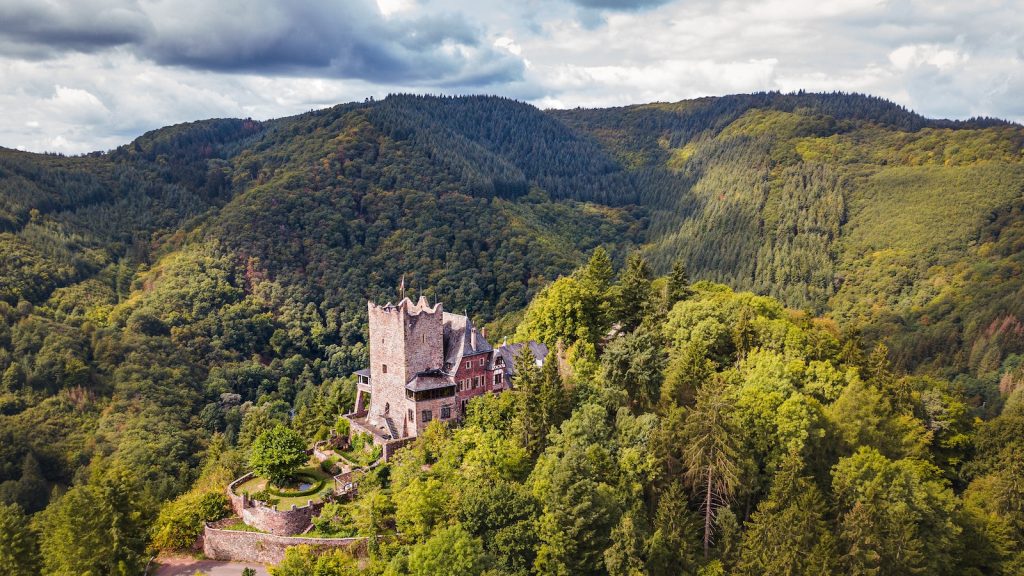
With breathtaking vineyards marching up impossibly steep, undulating slopes along the Mosel River, this historic region provides a fairy tale backdrop. The Mosel Valley is considered the ancestral home of Riesling, the noble white grape that reaches its zenith in the unique slate soils.
The top sites cling precariously to slopes up to 60 degrees, creating optimal ripening conditions. Mosel Rieslings share razor-like precision, mouthwatering acidity, flavors ranging from citrus to peach, and an intriguing slate minerality. But they display an incredible spectrum from bone dry to lusciously sweet styles.
Charming wine villages like Bernkastel and Traben-Trarbach make perfect bases to explore the Mosel’s slopes by foot, bike or boat. Tasting stellar wines with the mighty river and vines as a panorama makes for an unforgettable wine lover’s experience.
Check out our in-depth look at the Mosel Valley wine region of Germany.
8: Piemonte, Italy
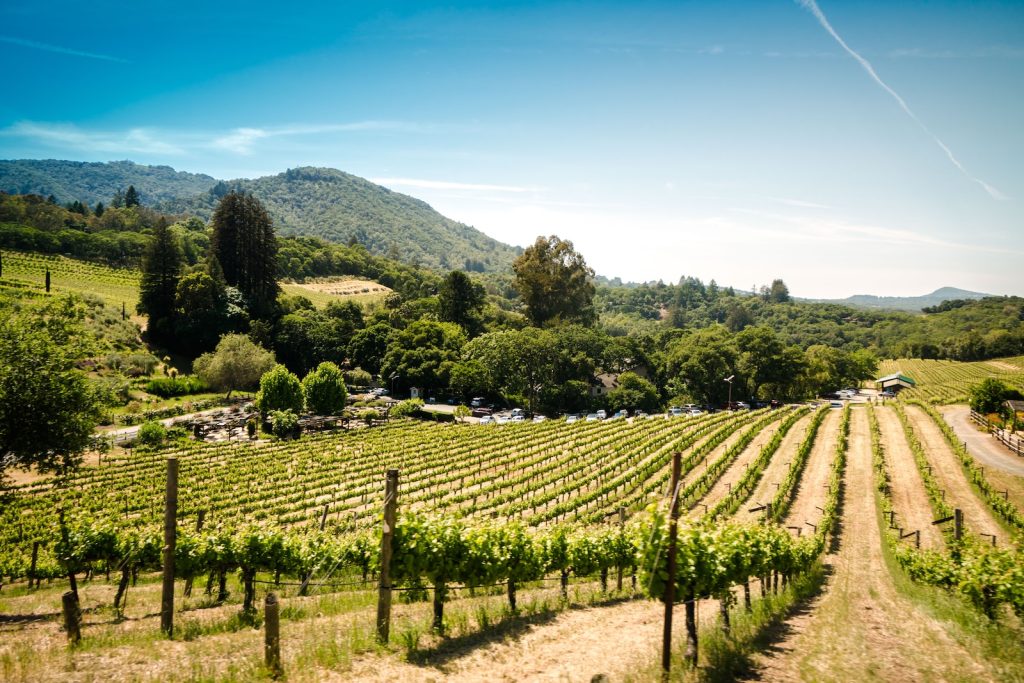
Tucked into Italy’s northwest corner, Piemonte is revered for the regal Nebbiolo grape that achieves greatness in the hills of Barolo and Barbaresco. Finicky Nebbiolo is the only grape permitted in these iconic DOCG wines.
Nebbiolo wines show rustic tar and rose aromatics, flavors of cherry, licorice, and tobacco, bright acidity and monumental tannic structure. Given time, they blossom into some of Italy’s most complex, heady and long-lived red wines.
Beyond Nebbiolo, Piemonte excels with food-friendly Barbera and wines like aromatic Arneis complementing the cuisine. The region is the heart of the slow food movement, and truffle dishes pair sublimely with its wines. For wine and food bliss, Piemonte beguiles.
5: Bordeaux, France
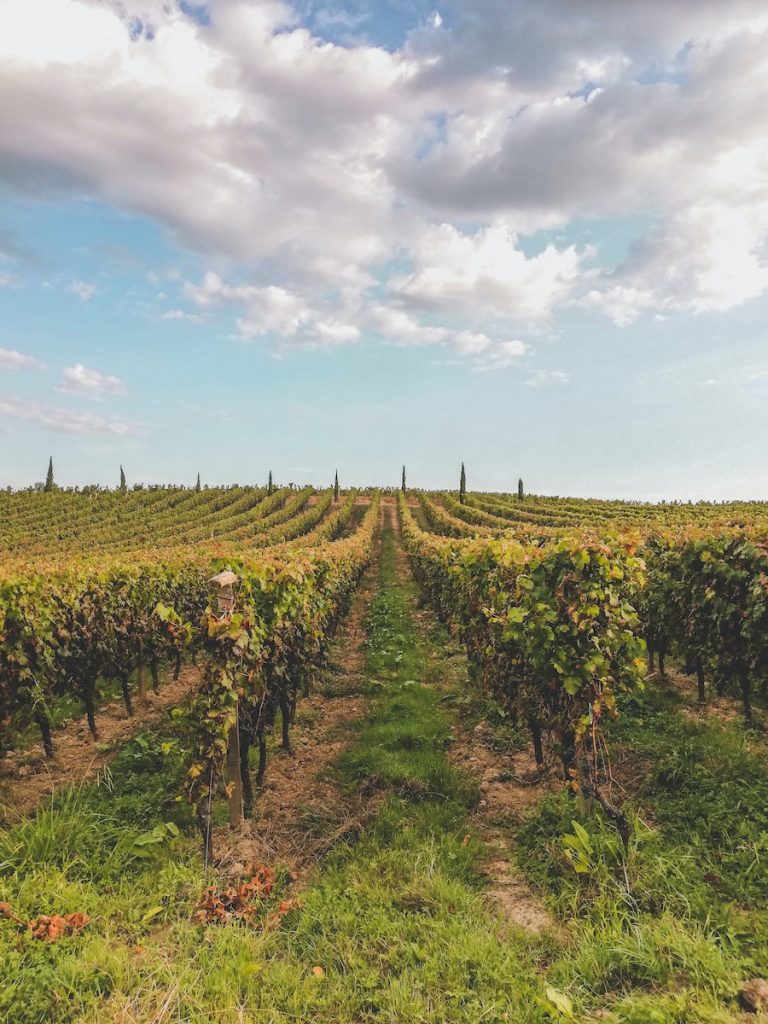
As we reach the top five, it’s time to spotlight the wine heavyweights that dominate the wishlists of enthusiasts across the globe. Leading the pack is Bordeaux – the legendary region on France’s Atlantic coast that turned Cabernet Sauvignon and Merlot into household names. With its structured, cellar-worthy reds that speak eloquently of terroir, Bordeaux remains the gold standard. No wine education is complete without its prestigious growths.
Bordeaux’s history is as rich as its wines. Since the 12th century, Bordeaux has been a hub of wine trade, its fortunes tied to the English thirst for claret. Strict rules governing permitted grapes and quality levels were established centuries ago. The 1855 classification system still dictates prestige today. From grand châteaux to rising startups, innovation thrives alongside tradition.
Cabernet Sauvignon, Merlot, Cabernet Franc form the blend of age-worthy reds accented by velvety tannins and notes of cedar, tobacco and dark fruit from oak aging. Gravel terraces along the rivers and a maritime climate create ideal conditions. Sauvignon Blanc and Sémillon also shine. For authoritative, aristocratic wines, Bordeaux persists as the pinnacle.
4: Tuscany, Italy
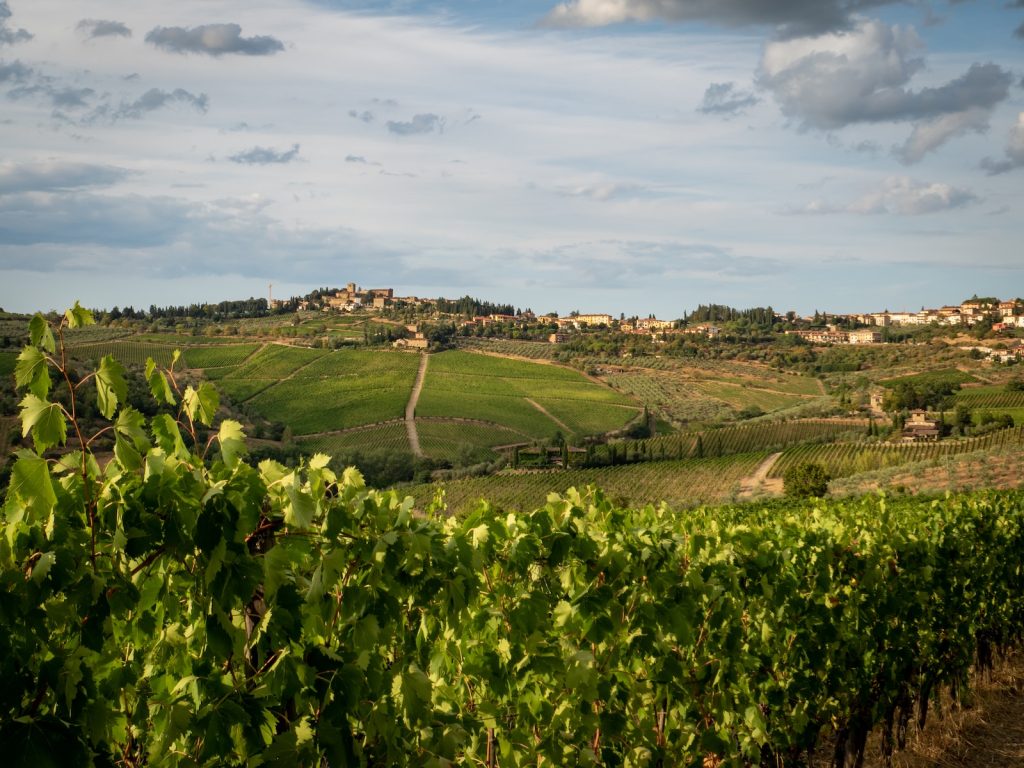
Equally iconic is Tuscany, where rolling hills host Sangiovese vines that yield Italy’s most regal red wines. Brunello di Montalcino and Vino Nobile di Montepulciano showcase Tuscan excellence, alongside the famed Chianti Classico zone. Beyond wine, Tuscan wine, food and scenery intertwine into the quintessential lifestyle.
Tuscany was one of Italy’s first recognized wine regions, with Sangiovese planted since the Middle Ages. Over centuries, Tuscany’s microclimates and soils were matched to best sites for Sangiovese. By the 20th century, Chianti gained acclaim but improvements followed. The result is structured yet food-friendly reds with tart cherry, herbs and leather.
Beyond Sangiovese, Tuscany excels with Merlot and Cabernet in blends and the coast offers potential for bold reds and crisp whites. From luxury wine estates to countryside trattorias, Tuscany beguiles with wine, rolling landscapes, cypress trees and an effortlessly elegant lifestyle.
3: Napa Valley, California
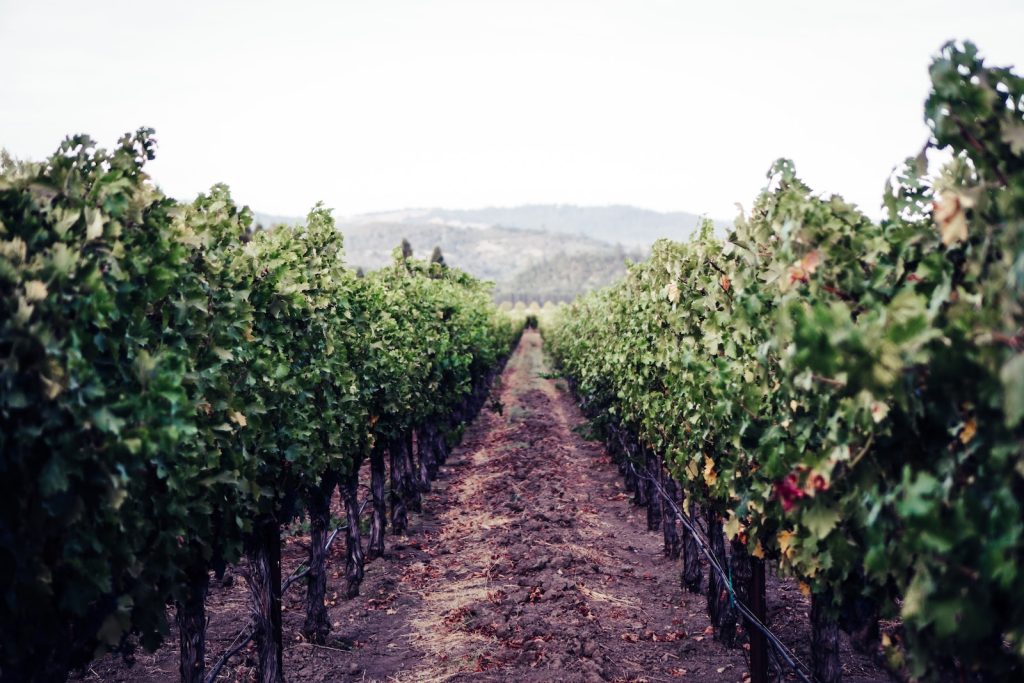
Crossing the Atlantic, Napa Valley rules over California with its bold, opulent Cabernets that catapulted American wine onto the global stage. Blending pioneering spirit with world-class sophistication, Napa remains a dazzling destination.
Napa stood out in the 1970s as visionary producers rejected the status quo to make balanced, European-style wines. Rigorous farming, innovations like cold soaking, and access to investment transformed Napa into an international powerhouse. But an artisanal spirit remains.
Today Napa excels with regal, age-worthy reds led by voluptuous Cabernet Sauvignons, with ripe berry flavors and velvety tannins from skilled oak integration. Chardonnay, Sauvignon Blanc and Merlot also impress. With imaginative cuisine, indulgent resorts and cycling through vines, Napa entices on every level.
2: Rioja, Spain

In north-central Spain, the Rioja wine region rests along the Ebro River. Tempranillo is the soul of Rioja, thriving in the continental climate to produce medium-bodied red wines enhanced by long aging in American and French oak barrels.
Rioja has a long viticultural history extending to Roman times. In the 1800s, Basque settlers played an instrumental role establishing Rioja as a wine powerhouse. The traditional categories Rioja, Reserva and Gran Reserva classify wines based on aging.
Tempranillo’s bright cherry aromas and supple structure meld with savory vanilla-tobacco notes from barrel time. Garnacha and Mazuelo often blend in. Whites of Viura and Malvasía exhibit stone fruit and floral tones. Both refresh and reward.
Withiry old villages, pilgrimage routes and stunning natural beauty, Rioja offers much beyond wine. But Tempranillo remains the soul. For smoothly textured, gracefully maturing reds, Rioja is quintessential.
1: Champagne, France
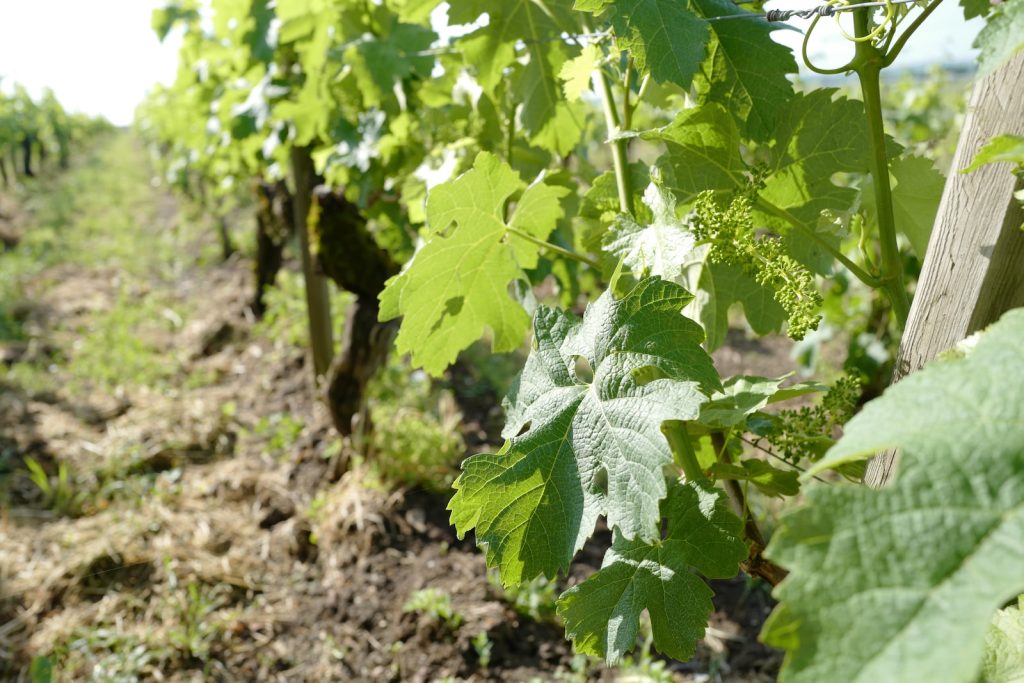
No wine region elicits celebration quite like Champagne. This storied French region located 90 minutes east of Paris produces the world’s benchmark sparkling wines using the traditional method. From world-famous houses to rising grower producers, Champagne delivers luxury and delight.
Champagne’s chalky soils and northern climate provide ideal conditions for acidic, structured base wines of Chardonnay, Pinot Noir and Pinot Meunier. Skilled blending produces bubblies boasting complexity and finesse. Champagne tags each bottle with the village of its origin.
Beyond bubbles, still Chardonnay and Pinot Noir shine. Visiting the vineyards and touring miles of underground cellars culminates in a tasting of different styles from Brut Nature to complex Rosé Champagne. Art de Vivre encapsulates the Champagne lifestyle – dedication to craft rewarded with shared celebration.
For wine lovers, no region equals Champagne in history, quality and aura – the pinnacle where terroir and tradition create sparkling magic. The region and its divine wines remain in a class of their own.
Which wine regions will you visit first?
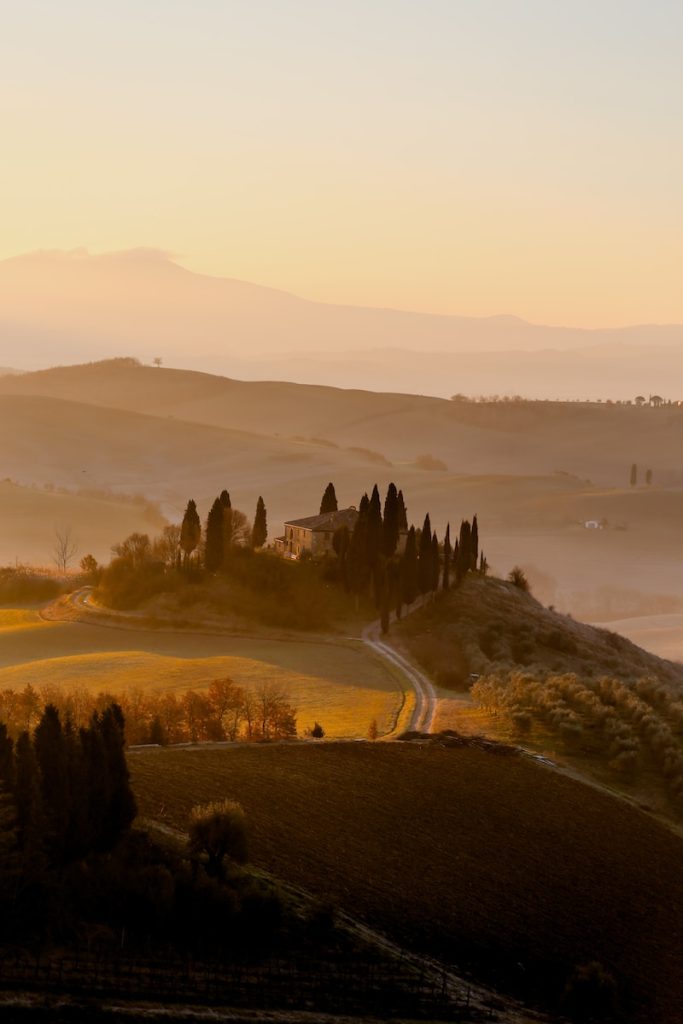
On this whistle-stop tour of ten phenomenal wine regions, we’ve spanned classic stalwarts like Bordeaux and Rioja to rising stars like Central Otago and Willamette Valley. Though only scratching the surface, it hopefully conveyed the incredible diversity that makes wine travel so rewarding.
Every region boasts its own rich mosaic of culture, history, cuisine and utterly unique wines that reflect their special pocket of the world. For wine lovers, few pleasures compare to experiencing these differences firsthand by visiting each region. Though your wallet may lament, it’s one addiction well worth feeding!
Whether you’re tasting crisp Rieslings along Germany’s Mosel River or sipping Malbec among the giant cacti of Mendoza, letting the uniqueness of each place enrich your glass is the greatest joy. The clock is ticking, so start plotting your wine region adventures today. Your palate will thank you later as you look back fondly on the journey of a lifetime!

